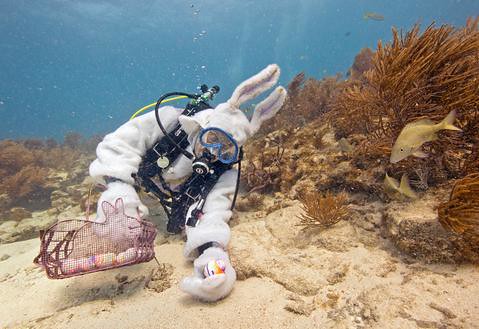
Doing some serious research into rare fibres and animals and guess what I came across? Seasilk. Now I always thought that term was used to describe the Seaweed fibres I have put into my Seasheep North Ronaldsay blend but apparently I Have been mistaken…it is also used to describe a super rare fibre I did not even know was being spun..by hand..and ..is amazingly rare.
A popular European summer destination, Sardinia is increasingly appreciated by in-the-know travelers. Although globalization’s waves have been striking the main cities, the island can still boast a remarkable resistance to the winds of change. The tangled past of this Italian island makes it a fascinating cluster of heritage sites and ancient traditions, proudly protected by its inhabitants, adults and children alike.
The region is imbued with an atmosphere that allows prehistoric spots to blend harmoniously with Moorish culture, Roman settlements and Aragonese architecture. Sant’Antioco, the tiny island opposite Sardinia’s southernmost coast is very special. There is a bridge connecting the two islands and the unfolding panorama calls to mind a smaller version of Montecarlo: a picturesque hamlet in the middle of the Mediterranean Sea, that reflects itself on the calm lagoon dotted with sailing boats. At first sight, Sant’Antioco appears to be nothing more than a fishing village naturally fated to become a hot tourist spot in the high season. Looking deeper inside the town, however, it’s possible to track the connection with ancient civilizations.
The island has a rich tradition in spinning raer fibres and after I found that out I really needed to know more about Mrs Chiara Vigo, the only woman in the world who still works the byssus, better known as the silk of the sea, the same way women in ancient Mesopotamia used to weave it in order to make clothes for their kings.
“Ms. Chiara Vigo?” I asked.
“Yeah, that one would be me,” she replied, showing off her witty nature.
The first moments were decisive: “I would like to make clear that I’m not an artist, nor an artisan,” she clarified before I even had the time to ask, “I’m a master. Please let’s not mix terms up.”
“Because the three professions are very different...,” ......
“ they are,” went on Chiara.
“An artist creates over inspiration, an artisan produces and sells, masters pass their art on and cannot sell.”
The lab where Chiara works is also the only Museum of the Byssus in the world, and it sits on top of a little hill in downtown Sant’Antioco.
“What do you know about the byssus?” she asked.
“Nothing,” I confessed, fully aware that there was no way I could lie about it.
“Excellent,” she replied. “I can’t bear when someone comes here to teach me about the byssus.”
phew...
The ice was officially broken, and Chiara began telling her story, elegantly intertwined with this form of art, born in ancient Middle Eastern lands around 10,000 years ago.
“The Bible itself mentions indirectly the byssus,” explained Chiara. “Remember when it says that King Solomon appeared shining in public? " "Why do you think is that? He was wearing byssus-made clothes, that in the dark appear brown, but once in the light, they shine like gold.”
Chiara Vigo has also certified that the controversial St.Veronica’s Veil, also known as the Sudarium, that allegedly reproduces the Christ’s face after being used by St. Veronica to comfort him on his way to crucifixion, is, be it miraculous or not, made of this silk.
The byssus is a fine fabric produced from the velvety strand of the noble pen shell, or pinna nobilis, an endangered fan-shaped species of mollusc, native of the Mediterranean Sea bed.
Originally, the pen shell used to be fished in order to pull the byssus out, but Chiara has come up with a special cut so that she can take the secreted material without killing the precious animal.
“The pen shell offers us ten centimeters of byssus per year,” explained Chiara, who dives herself on the lookout for the rare silk.
“To gather 200 grams of byssus, I need to go on 300 divings,” she revealed, pointing out to me that “it doesn’t grow on the bottom of the shell, like many people think, but right here, on the side.”
After collecting the byssus, the first step is to leave the raw material to soak in a mixture of eight seaweeds. Once dry, Chiara combs it with a wool card and finally twists the fine filaments together with a spindle made of oleander, forming the gilded thread.
The yarn is spun and plied quite a few times in order to make it strong enough to be woven. Chiara belongs to a family of artists: she was introduced to this ancient craft by her maternal grandmother, who taught traditional weaving for sixty years to Sant’Antioco’s women.
Her other grandmother taught her how to work gold and silver fabrics. Among all crafts she possesses, Chiara chose to devote her life to this legendary art.
Today her unique pieces are displayed in museums in Rome, London, New York and Paris’ Louvre and donated to presidents and popes. Their worth is estimated in the hundreds of thousands of euros. But Chiara lives out of the donations left by those who visit her workshop in Sant’Antioco. Due to the scarcity of this type of silk, the difficulty in finding and working it, the byssus has always been too expensive to be quotable, and in ancient times only pharaohs, Roman emperors, kings or high priests could afford such luxury..
“Why don’t you sell some of your work?” .......
“Because some things are more important than money, and one of these is the perpetuation of an art. Also there is the Sea Oath” she said, "the byssus cannot be used for personal advantage; it belongs to everybody, just like the sea, and things need to stay this way."
A popular European summer destination, Sardinia is increasingly appreciated by in-the-know travelers. Although globalization’s waves have been striking the main cities, the island can still boast a remarkable resistance to the winds of change. The tangled past of this Italian island makes it a fascinating cluster of heritage sites and ancient traditions, proudly protected by its inhabitants, adults and children alike.
The region is imbued with an atmosphere that allows prehistoric spots to blend harmoniously with Moorish culture, Roman settlements and Aragonese architecture. Sant’Antioco, the tiny island opposite Sardinia’s southernmost coast is very special. There is a bridge connecting the two islands and the unfolding panorama calls to mind a smaller version of Montecarlo: a picturesque hamlet in the middle of the Mediterranean Sea, that reflects itself on the calm lagoon dotted with sailing boats. At first sight, Sant’Antioco appears to be nothing more than a fishing village naturally fated to become a hot tourist spot in the high season. Looking deeper inside the town, however, it’s possible to track the connection with ancient civilizations.
The island has a rich tradition in spinning raer fibres and after I found that out I really needed to know more about Mrs Chiara Vigo, the only woman in the world who still works the byssus, better known as the silk of the sea, the same way women in ancient Mesopotamia used to weave it in order to make clothes for their kings.
“Ms. Chiara Vigo?” I asked.
“Yeah, that one would be me,” she replied, showing off her witty nature.
The first moments were decisive: “I would like to make clear that I’m not an artist, nor an artisan,” she clarified before I even had the time to ask, “I’m a master. Please let’s not mix terms up.”
“Because the three professions are very different...,” ......
“ they are,” went on Chiara.
“An artist creates over inspiration, an artisan produces and sells, masters pass their art on and cannot sell.”
The lab where Chiara works is also the only Museum of the Byssus in the world, and it sits on top of a little hill in downtown Sant’Antioco.
“What do you know about the byssus?” she asked.
“Nothing,” I confessed, fully aware that there was no way I could lie about it.
“Excellent,” she replied. “I can’t bear when someone comes here to teach me about the byssus.”
phew...
The ice was officially broken, and Chiara began telling her story, elegantly intertwined with this form of art, born in ancient Middle Eastern lands around 10,000 years ago.
“The Bible itself mentions indirectly the byssus,” explained Chiara. “Remember when it says that King Solomon appeared shining in public? " "Why do you think is that? He was wearing byssus-made clothes, that in the dark appear brown, but once in the light, they shine like gold.”
Chiara Vigo has also certified that the controversial St.Veronica’s Veil, also known as the Sudarium, that allegedly reproduces the Christ’s face after being used by St. Veronica to comfort him on his way to crucifixion, is, be it miraculous or not, made of this silk.
The byssus is a fine fabric produced from the velvety strand of the noble pen shell, or pinna nobilis, an endangered fan-shaped species of mollusc, native of the Mediterranean Sea bed.
Originally, the pen shell used to be fished in order to pull the byssus out, but Chiara has come up with a special cut so that she can take the secreted material without killing the precious animal.
“The pen shell offers us ten centimeters of byssus per year,” explained Chiara, who dives herself on the lookout for the rare silk.
“To gather 200 grams of byssus, I need to go on 300 divings,” she revealed, pointing out to me that “it doesn’t grow on the bottom of the shell, like many people think, but right here, on the side.”
After collecting the byssus, the first step is to leave the raw material to soak in a mixture of eight seaweeds. Once dry, Chiara combs it with a wool card and finally twists the fine filaments together with a spindle made of oleander, forming the gilded thread.
The yarn is spun and plied quite a few times in order to make it strong enough to be woven. Chiara belongs to a family of artists: she was introduced to this ancient craft by her maternal grandmother, who taught traditional weaving for sixty years to Sant’Antioco’s women.
Her other grandmother taught her how to work gold and silver fabrics. Among all crafts she possesses, Chiara chose to devote her life to this legendary art.
Today her unique pieces are displayed in museums in Rome, London, New York and Paris’ Louvre and donated to presidents and popes. Their worth is estimated in the hundreds of thousands of euros. But Chiara lives out of the donations left by those who visit her workshop in Sant’Antioco. Due to the scarcity of this type of silk, the difficulty in finding and working it, the byssus has always been too expensive to be quotable, and in ancient times only pharaohs, Roman emperors, kings or high priests could afford such luxury..
“Why don’t you sell some of your work?” .......
“Because some things are more important than money, and one of these is the perpetuation of an art. Also there is the Sea Oath” she said, "the byssus cannot be used for personal advantage; it belongs to everybody, just like the sea, and things need to stay this way."
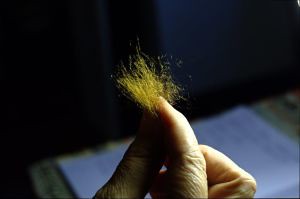
the precious Mollusc fibre
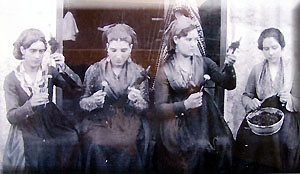
Sardinian women spinning the byssus fibres early 1900s
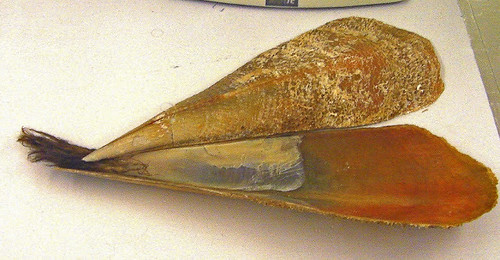
....and although the whole mollusc was taken in the early days, now preservation calls for a better more humane approach:
they are gently taken from the rock and the mollusc fibres are carefully cut and the mollusc put back. This type of mollusc can live up to 25 years!
they are gently taken from the rock and the mollusc fibres are carefully cut and the mollusc put back. This type of mollusc can live up to 25 years!
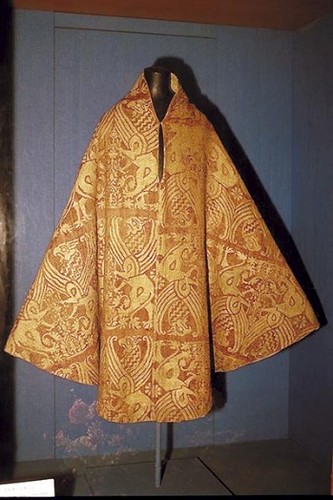
byssus cloak St. Yves in Louannec.
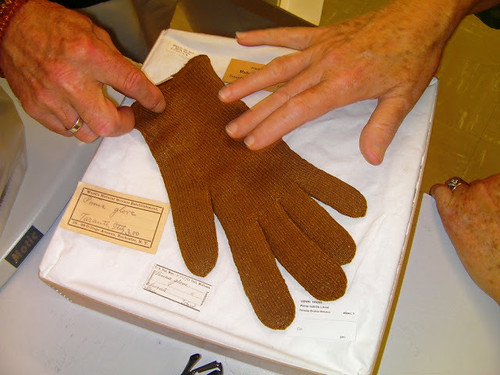
precious seasilk gloves dug up at an archaeolical dig in Egypt
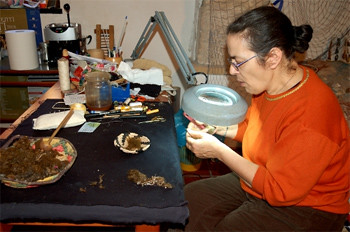
Chiara working carefully with the byssus fibres
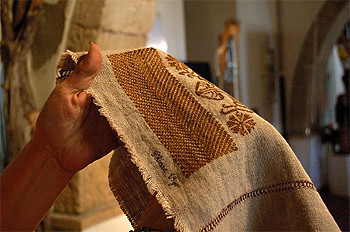
Don’t get to excited!!!!! No !!!!: I did NOT go on 300 dives or more to get you some byssus fibre…eh…no…lol…..instead, I thought it would be nice to offer you some very special Flemish sheep with linen tops …it is a bit chilly here at the moment and I did not want to get into my wet suit….not yet..lol
If you do want to know some more about the whole Byssus and the spinning of this magical fibre please go to : http://www.sardolog.com/bisso/english/ou.htm or plan a holiday to Sardinia !
If you do want to know some more about the whole Byssus and the spinning of this magical fibre please go to : http://www.sardolog.com/bisso/english/ou.htm or plan a holiday to Sardinia !
About the Flemish sheep are sometimes mistakenly named milk sheep : they have a very nice feel and loft and spin beautifully. Because of the heritage I thought it would be nice to blend them with linen. Spinning this blend will produce a very nice tweedy kind of look and is very nice to work with and wear !
Flemish Sheep and Linen blend Tops
100+grams/ 3.56 oz AU$24
A very sweet sheep with very nice lustrous lofty fleece from the luscious pastures of Flanders
A very sweet sheep with very nice lustrous lofty fleece from the luscious pastures of Flanders
Great to spin and wear !
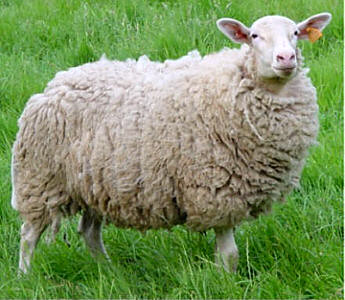
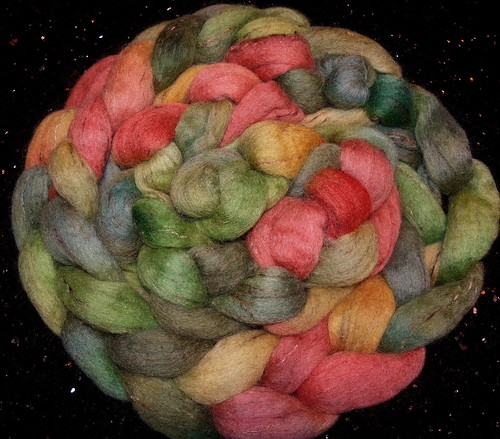
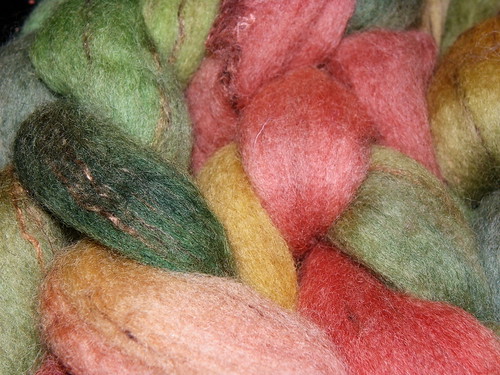 Wood Elves-sold-
Wood Elves-sold-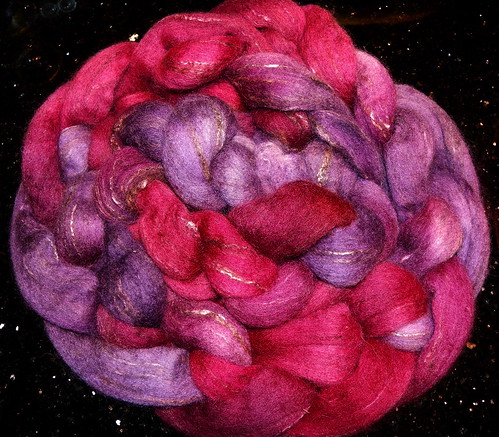
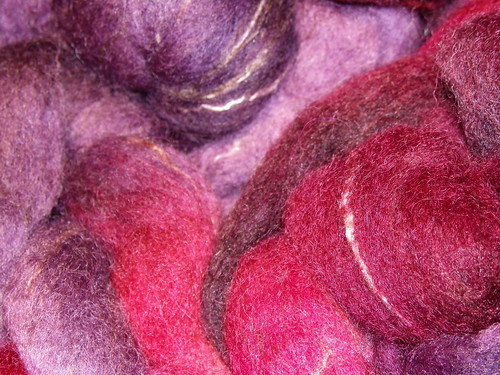 Velvet-2 left-
Velvet-2 left-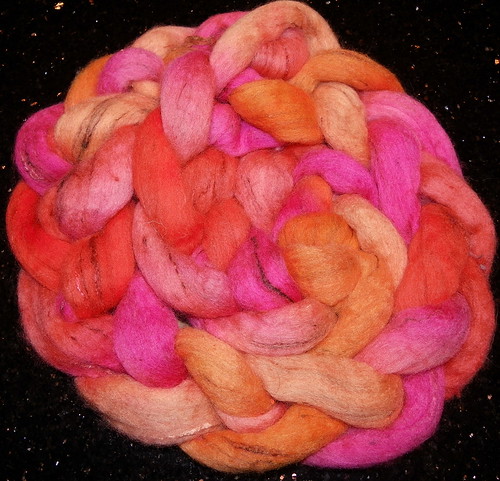
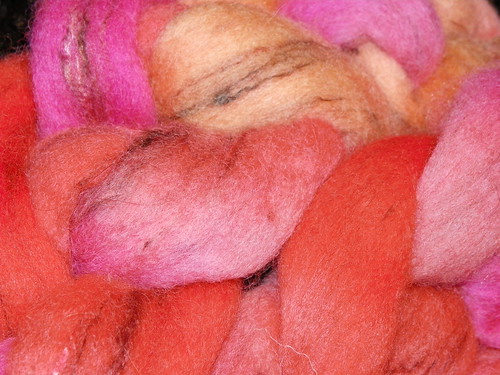 Tequila Sunrise-1 left-
Tequila Sunrise-1 left-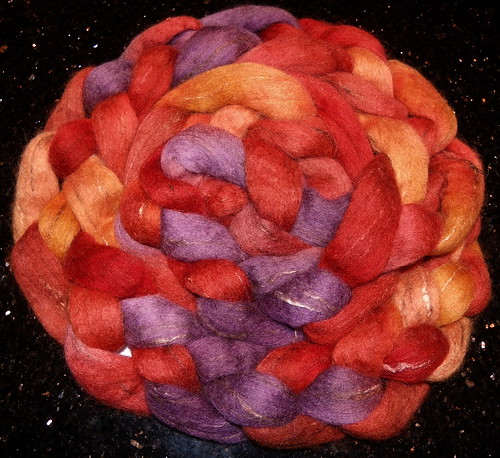
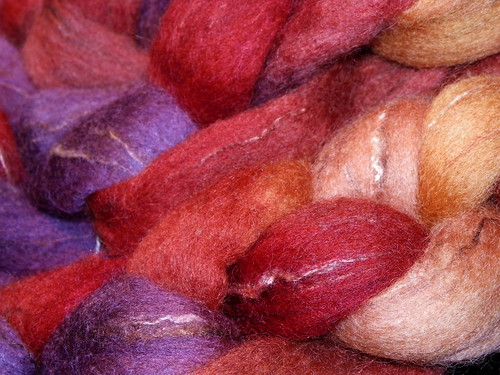 T -Rex Party-sold-
T -Rex Party-sold-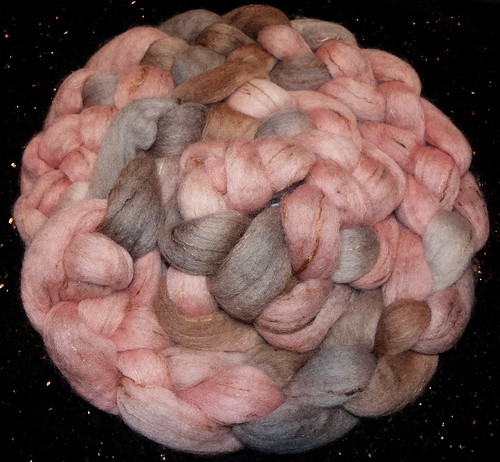
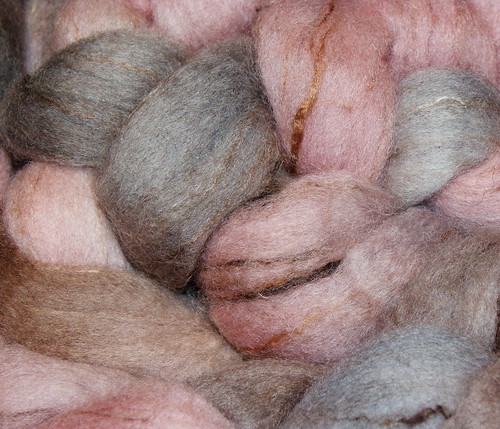 Rose Petals-sold-
Rose Petals-sold-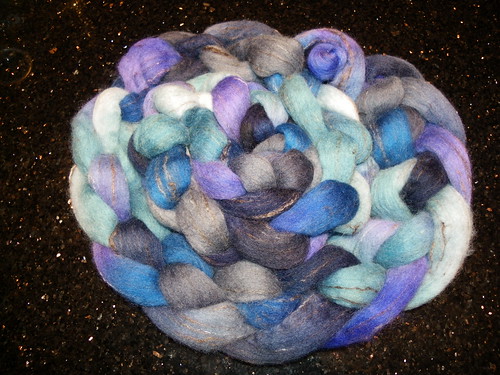
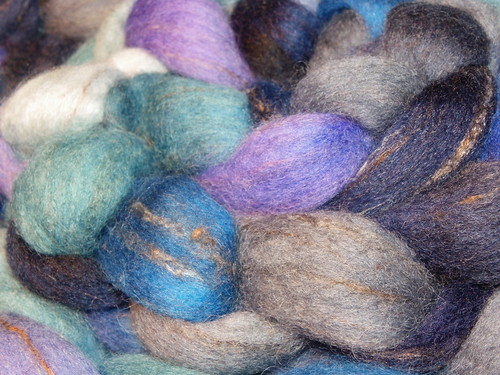 Neptune Colliding-sold-
Neptune Colliding-sold-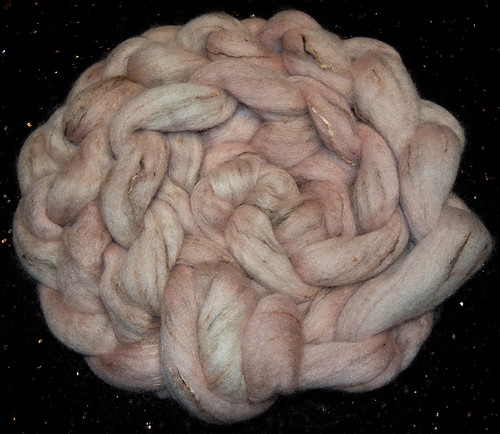
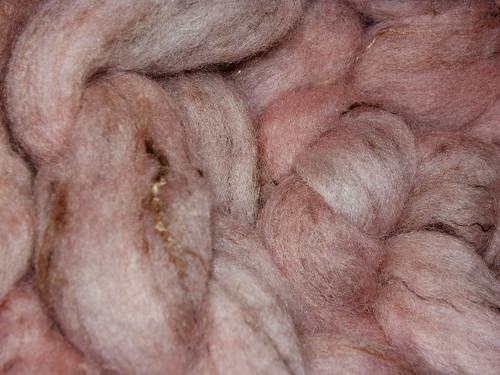 Mushroom DReam-1 left-
Mushroom DReam-1 left-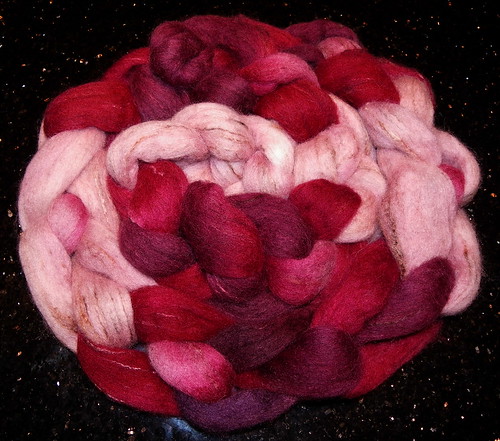
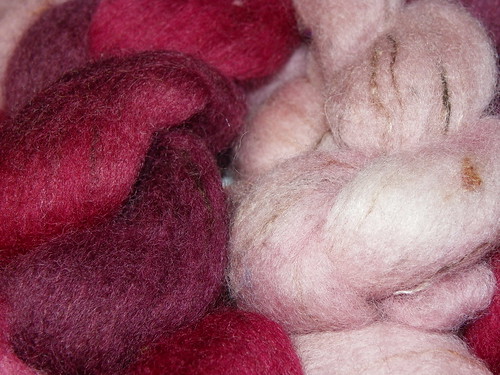 Love Heart-sold-
Love Heart-sold-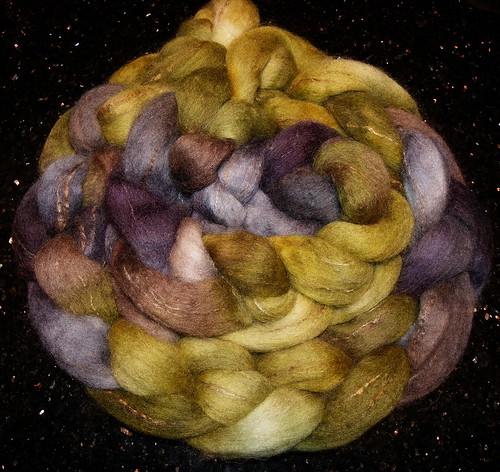
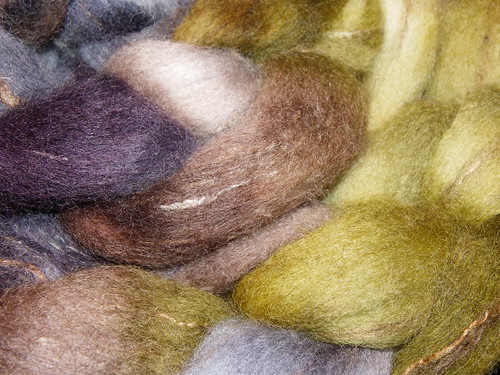 Lichen Forest-sold-
Lichen Forest-sold-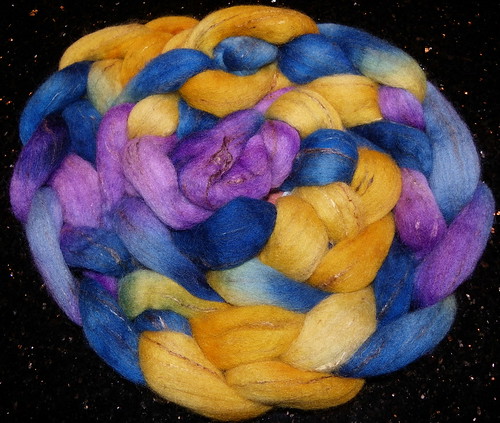
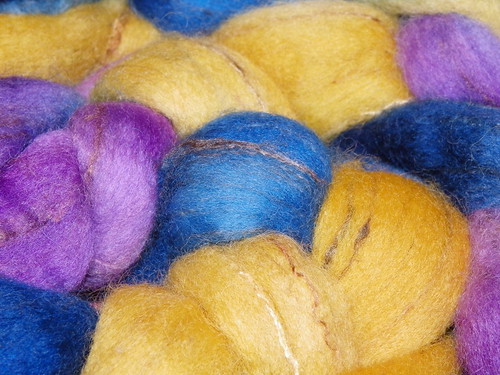 King Bob-sold-
King Bob-sold-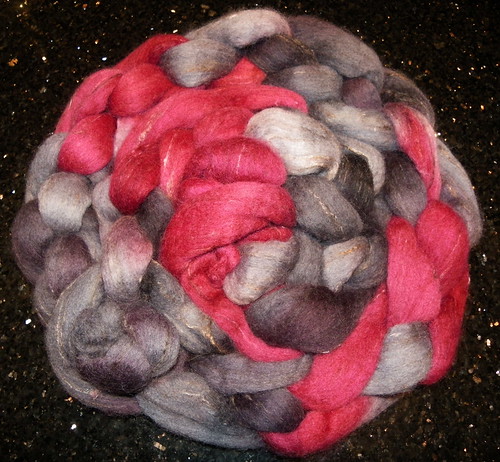
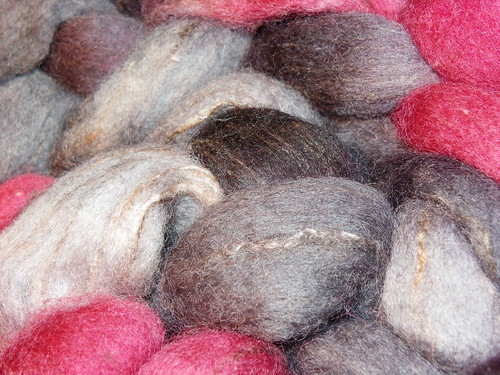 Heart Echo-sold-
Heart Echo-sold-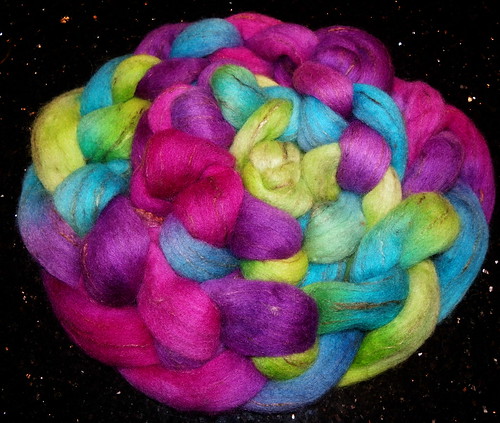
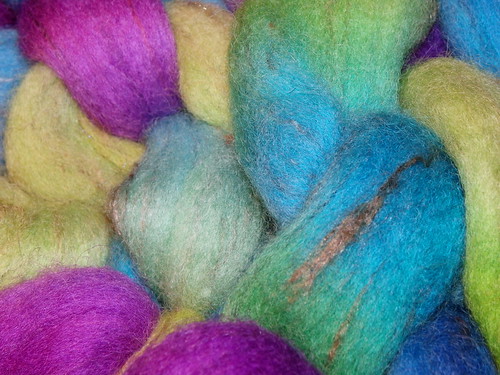 Happy-sold-
Happy-sold-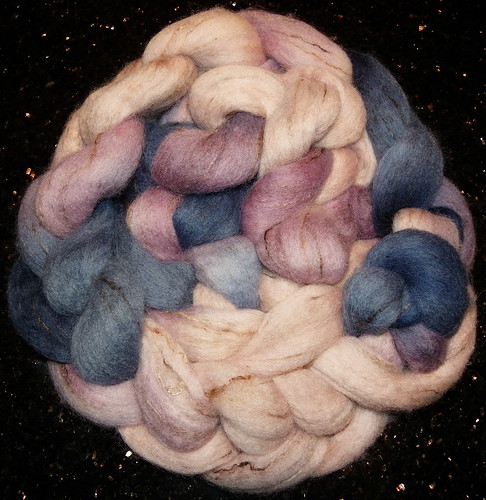
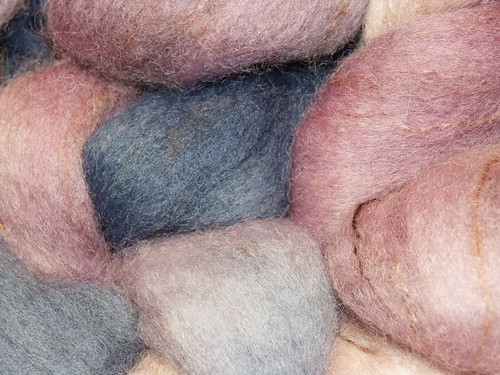 Glaciers on Pluto-sold-
Glaciers on Pluto-sold-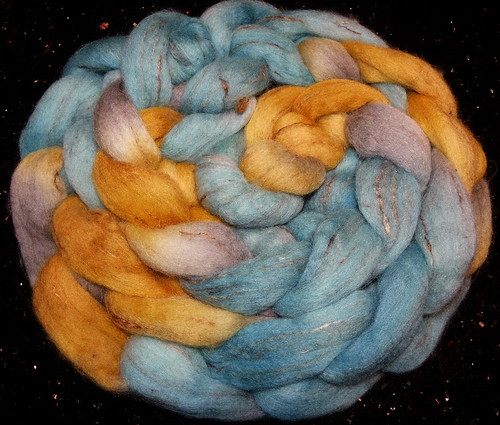
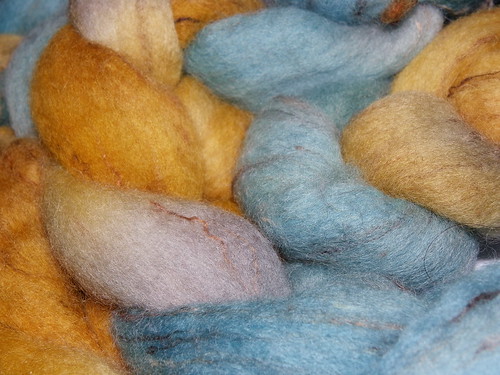 Ghost in the Machine-sold-
Ghost in the Machine-sold-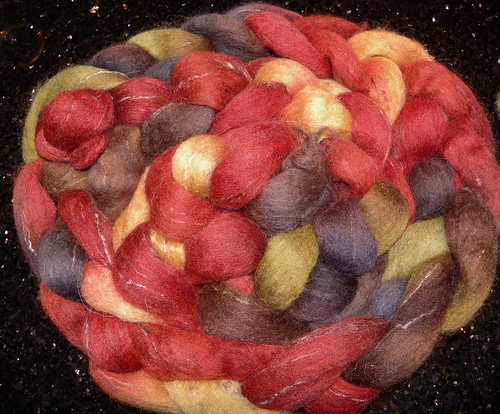
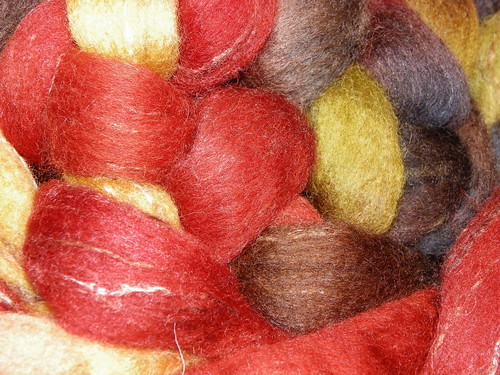 Eucalypt Ghosts-sold-
Eucalypt Ghosts-sold-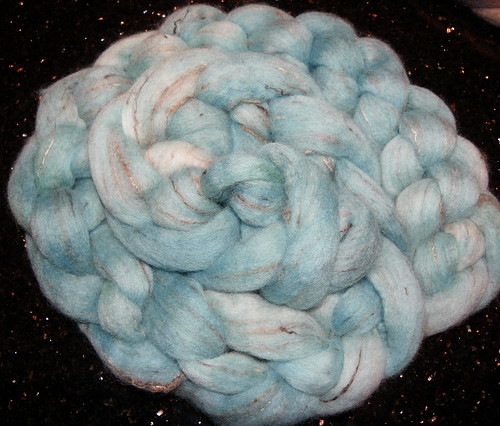
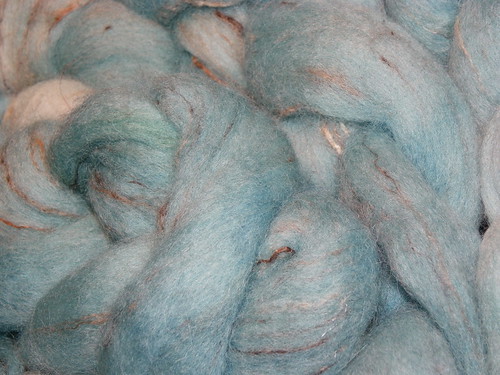 Eggshell-sold-
Eggshell-sold-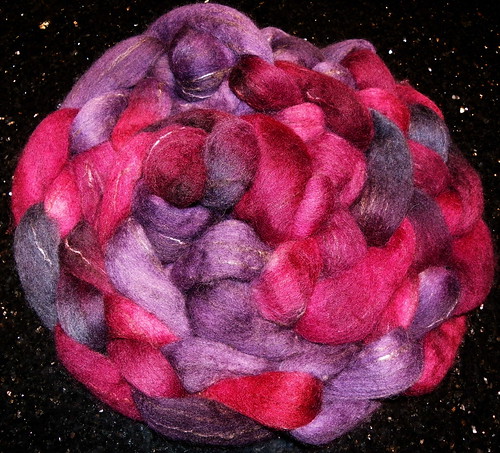
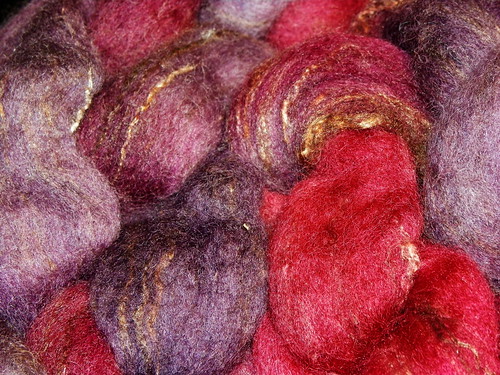 Dark Velvet-sold-
Dark Velvet-sold-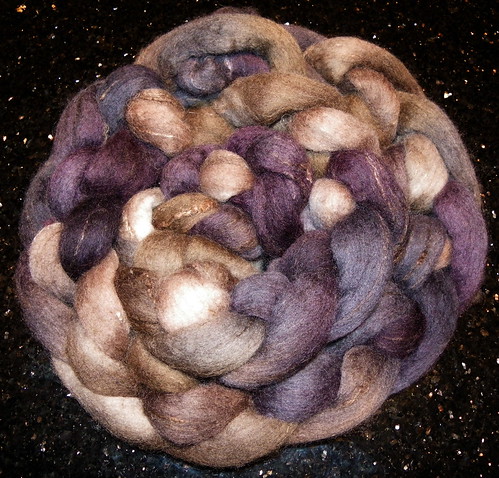
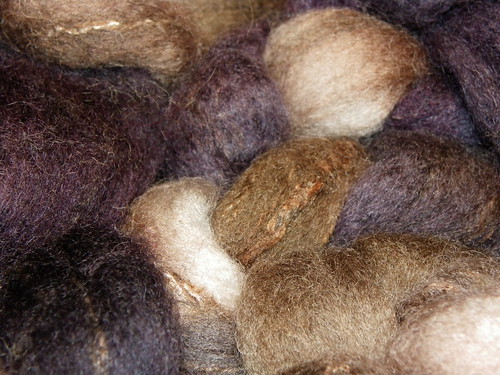 Fibre Archaeology-sold-
Fibre Archaeology-sold-Have a fun weekend Creating your Dreams! Just Dive in !
All my contact details are to be found at the end of this weeks blog entry.
Have fun !!!
Dates to put in your Calendar !!
Play day at Pascoe Vale
You can find all the info on this poster and for any questions you may have please contact Annet !
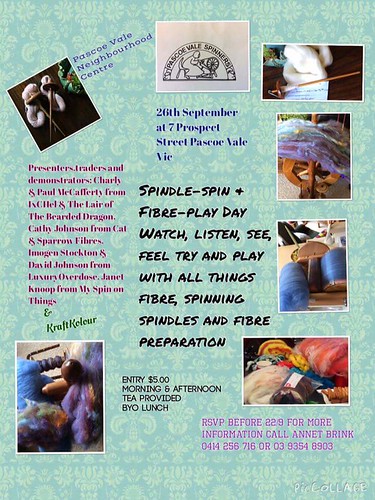
Sunday , September 27th (9:30-3pm)
Sheep and Woolcraft Field Day , Cranbourne Public HAll (near KFC)
A perfect fibre and craft day hosted by the Black n Coloured Sheep association of Australia and an absolute MUST!
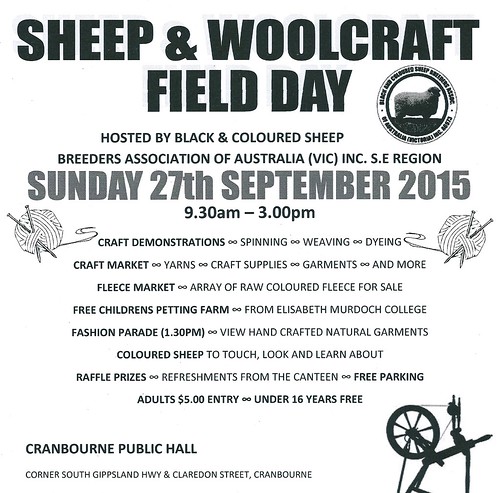
How To Order:
1. You can email me on ixchel at rabbit dot com dot au or ixchelbunny at yahoo dot com dot au
2. message me on facebook or ravelry where I am Ixchelbunny.
I will email you right back with all your order details and payment methods.
Any questions? Any custom orders for yarn or dyeing fibre? Please don’t hesitate to ask! Always happy to enable.
2. message me on facebook or ravelry where I am Ixchelbunny.
I will email you right back with all your order details and payment methods.
Any questions? Any custom orders for yarn or dyeing fibre? Please don’t hesitate to ask! Always happy to enable.
Thank you so much for your help and support !
RABBIT ON !
((hugs))
Charly




No comments:
Post a Comment